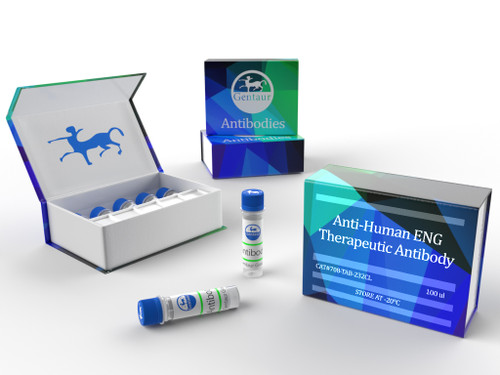Anti-CD33 Therapeutic Antibody
Antibodies that detect CD33 can be used in several scientific applications, including flow cytometry, Western blotting, immunocytochemistry, immunohistochemistry (paraffin), and ELISA. These antibodies target CD33 in human, mouse, non-human primate and rat samples.
Our monoclonal, polyclonal and recombinant monoclonal CD33 antibodies are developed in mice, rabbits and rats. These antibodies were verified by cell processing and knockout to confirm specificity to CD33. Find the CD33 antibody that fits your needs. Choose from 1 of 108 CD33 antibodies, which have been validated in experiments with 148 publications and 279 images featured in our data gallery.
Browse primary antibodies for WB, Flow, IHC, ICC/IF, ELISA, IP and other applications. Antibodies with advanced verification data have been validated for specificity to ensure that the antibody binds to the indicated antigen. If you can't find the antibody you're looking for, contact us today to develop custom antibodies for specific targets, species and applications.
Target information
CD33 is a transmembrane protein of the sialic acid-binding immunoglobulin (Siglec) family of lectins. It belongs to molecules containing the immunoreceptor tyrosine-based inhibitory motif (ITIMs) capable of recruiting protein tyrosine phosphatases SHP-1 and SHP-2 to signal assemblies, and these ITIMs are also used for ubiquitin-mediated elimination of the surface cell receptor.
CD33 is expressed on cells of the myelomonocyte lineage, binds sialic acid residues in cell surface N- and O-glycans, and is a therapeutic target for acute myeloid leukemia. Additionally, CD33 is found on granulocyte and macrophage precursors in the bone marrow, but not on pluripotent stem cells.
CD33 is also expressed on, and is a useful marker for, peripheral monocytes. CD33 is useful in distinguishing myeloid leukemia cells from lymphoid or erythroid leukemias. Diseases associated with CD43 dysfunction include gallbladder lymphoma and extracutaneous mast cell tumor.







